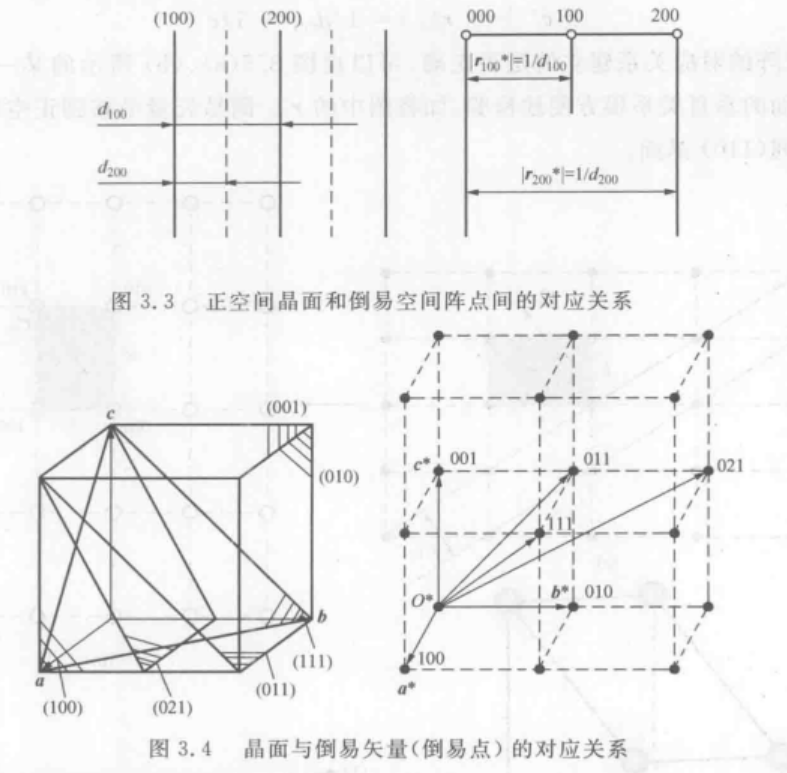
### 思路
1. **创建顺序表**:从输入中读取元素个数和元素值,构造顺序表。
2. **顺序查找**:在顺序表中依次查找关键字,找到则返回位置,否则返回0。
### 伪代码
1. **创建顺序表**:
- 动态分配存储空间。
- 从输入中读取元素值并存储在顺序表中。
2. **顺序查找**:
- 遍历顺序表,比较每个元素与关键字。
- 如果找到,返回元素位置。
- 如果未找到,返回0。
### C++代码
#include "malloc.h" /* malloc()等 */
#include "stdio.h"
#include "stdlib.h"
typedef int ElemType;
typedef struct /*静态查找表的顺序存储结构 */
{
ElemType *elem; /* 数据元素存储空间基址,建表时按实际长度分配,0号单元留空 */
int length; /* 表长度 */
} SSTable;
void Creat_Seq(SSTable &ST, int n)
{
int i, temp;
ST.elem = (ElemType *)malloc((n + 1) * sizeof(ElemType)); /* 动态生成n个数据元素空间(0号单元不用) */
if (!(ST).elem)
{
printf("ERROR\n");
exit(0);
} /*内存分配失败结束程序*/
for (i = 1; i <= n; i++)
{
scanf("%d", &temp);
*(ST.elem + i) = temp; /* 依次赋值给ST */
}
ST.length = n;
}
int Search_Seq(SSTable &ST, ElemType key)
{
for (int i = 1; i <= ST.length; i++)
{
if (ST.elem[i] == key)
return i;
}
return 0;
}
int main()
{
SSTable ST;
int loc, key;
int n;
scanf("%d", &n);
Creat_Seq(ST, n);
scanf("%d", &key);
loc = Search_Seq(ST, key);
if (loc != 0)
printf("The element position is %d.\n", loc);
else
printf("The element is not exist.\n");
return 0;
}### 总结
1. **创建顺序表**:动态分配存储空间,读取元素值并存储。
2. **顺序查找**:遍历顺序表,比较每个元素与关键字,找到则返回位置,否则返回0。



















